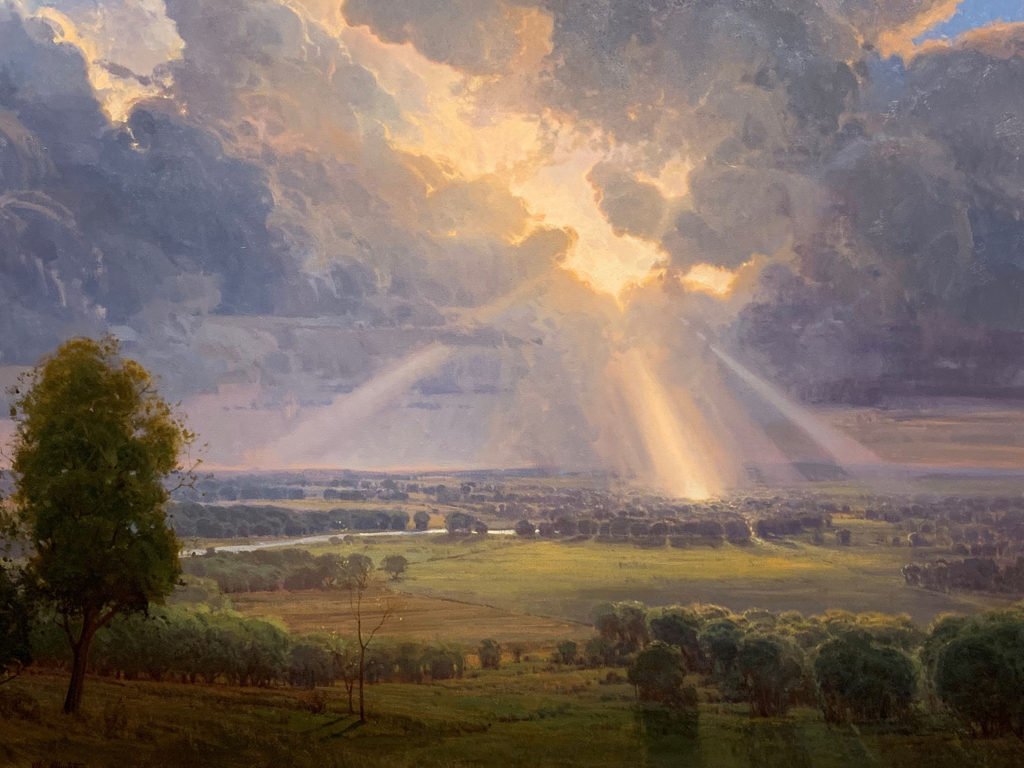The Subversive Christianity and the Subversive Science
As one who studies the natural world, I would be remiss in ending without a brief discussion of a few specific parallels between ecology and the LDS faith.
First, the dynamics of the natural world are incredibly complex. Due to this inherent complexity, ecology has struggled to come up with generalizable scientific “laws”, at least compared to other natural sciences, such as physics or chemistry. To a large extent, due to its lack of mathematical laws, ecology is considered by many to be a “soft science”. Additionally, ecology has been called “the subversive science” because it is the only science that explicitly questions the ultimate good of scientific progress. Similarly, due to some of the “heretical” beliefs described above, a significant number of mainstream Christian denominations still consider the Latter-day Saints tradition as a subversive form of Christianity. Perhaps the disregard that ecological science and Latter-day Saint theology have both experienced from the mainstream could motivate them to learn from each other as they seek to gain increased standing throughout the world. This comparison may have no major consequence, but I find the relationship compelling and worthy of further study.
Second, both traditions foster humility in the individual and collective human psyche by constantly reminding us how dependent we are on things beyond our control. An ecological mindset means realizing that human beings and societies rely on the diversity of life around us for all that we do. Without the ecosystem services that nature provides, both aesthetically and physically, human societies fall apart. A spiritual mindset means realizing that the perfection of the human spirit depends on God and Christ. Without Christ’s Atonement, human beings have no salvation.
Third, the science of ecology and The Church of Jesus Christ of Latter-day Saints are both very young. Since the mid 1800s, these two methods of discovering the world and humanity’s place in it have developed alongside each other without explicitly interacting often enough. There are branches and wards of the Church of Jesus Christ of Latter-day Saints throughout the globe, existing among a great diversity of human cultures, climates, and ecosystems, each with their own localized ecological problems. Their contributions to each other could have a dramatic impact on solving our ecological crisis. It is high time for them to become more integrated.
Conclusion
Lynn White Jr. asserted that, “Since the roots of our trouble are so largely religious, the remedy must also be essentially religious.” I wholeheartedly agree. Although my presentation has focused on the differences between mainstream Christian and Latter-day Saint theologies, my goal has not been to disparage any other faith tradition. One needs not look far to see how other Christian faiths are doing much better than Latter-day Saints in terms of “Creation Care.” For example, Pope Francis’ 2015 encyclical (Laudato Si’), nuns in Lancaster, Pennsylvania building a chapel in the path of a pipeline route, and the Ethiopian Orthodox Tewahido Church preserving biodiversity around their church forests, are all more tangible ecologically redemptive actions than the Latter-day Saints have offered in recent years.
Rather, my point in highlighting the uniqueness of LDS environmental teachings feeds into a conversation about the benefits of diversity in the religious-ecological space. In ecology, the stability-diversity hypothesis (MacArthur, 1955) predicts that an ecological community with higher diversity is more stable due to each species’ additive contribution to the proper functioning of the community. Christian and non-Christian religions fulfill the same functional role in human societies, and a greater diversity of beliefs will only enhance religion’s ability to confront our present environmental dilemmas.
In conclusion, can Latter-day Saint theology, or any theology for that matter, truly solve our ecological crisis? I’m not sure. Nevertheless, as F. Scott Fitzgerald said, “one should […] be able to see that things are hopeless and yet be determined to make them otherwise.” As Latter-day Saints, we need to be urgently and actively involved in helping to solve our current ecological crisis. The spectre of biodiversity loss has been on my mind a lot lately. One of the many articles I mentioned at the beginning of this talk summed the problem up well, and in a way that I hope you will appreciate:
“Each species’ genetic code is like the sheet music of a symphony, each letter of its DNA a musical note, written, rewritten, edited, and reshaped over millions of years. Losing these species is like losing a great work of art, or a tremendous library.”
How will we respond when Christ returns and asks us to show Him the artwork He told us to watch over and care for? Although the end of the world is prophesied, we shouldn’t be actively participating in its destruction. To the contrary, we should be learning about our local environments, discovering the plants and animals and fungi that are our neighbors, and consciously seeking ways to improve their existence as we improve our own. As we go about our weekly activities at home and in the Church, we should remember that the modern LDS Church originated in the natural world, and consider what this implies.
Next spring will mark 200 years since the First Vision, and since I will be in close proximity to Palmyra, I intend to visit the Sacred Grove. I hope you will join me by finding your own sacred grove and making a commitment to 1) respect the spiritual nature of all Creation, 2) better comprehend what our “dominion” truly means, and 3) turn your hearts to the children who will inherit the world we leave behind.
